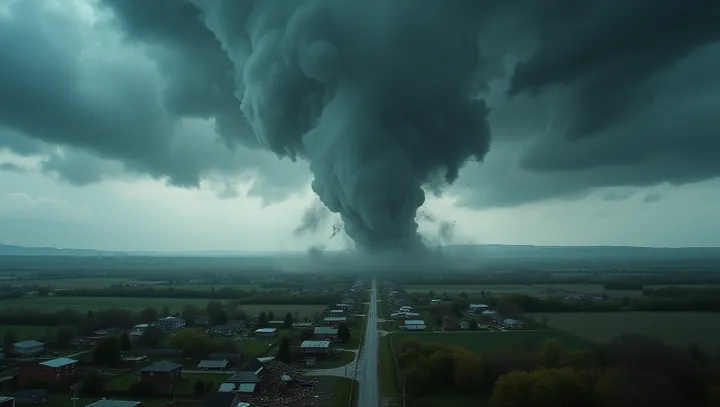How Tornadoes Unleash Nature's Fury

Tornadoes are formidable natural phenomena that capture the awe and fear of those who experience their wrath. These violent columns of high-velocity winds extend from thunderstorm clouds to the ground, often leaving a path of devastation in their wake. They are most prevalent in the central United States, an area often referred to as 'Tornado Alley.' The formation of tornadoes is a complex interplay of meteorological conditions.
They typically arise during severe thunderstorms when warm, moist air near Earth's surface clashes with colder, drier air aloft. This convergence creates instability, leading to the formation of a supercell, a type of storm characterized by a rotating updraft. As the rotation intensifies, potentially touching down on the ground, a tornado is born.
The damage caused by tornadoes can vary significantly, ranging from broken tree branches to the complete destruction of homes and infrastructure. The scale of damage is often measured using the Enhanced Fujita (EF) scale, which assesses tornadoes based on estimated wind speeds and related damage. Understanding these impacts is vital for disaster preparedness and response, providing critical insights for emergency management and recovery operations.
Scientists and meteorologists continuously strive to improve tornado prediction and warning systems to minimize the loss of life and property. Despite their unpredictable nature, advancements in technology and communication significantly enhance our ability to track and respond to these natural disasters, ultimately fostering safer and more resilient communities.
